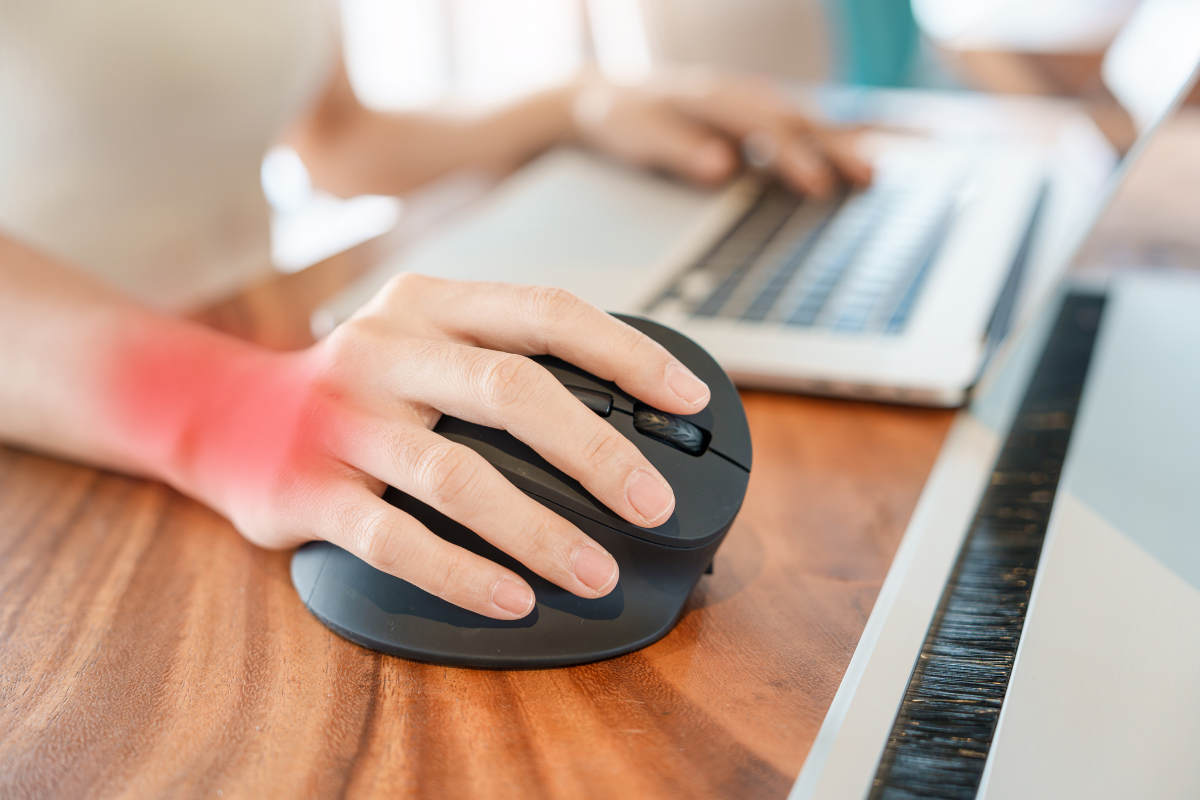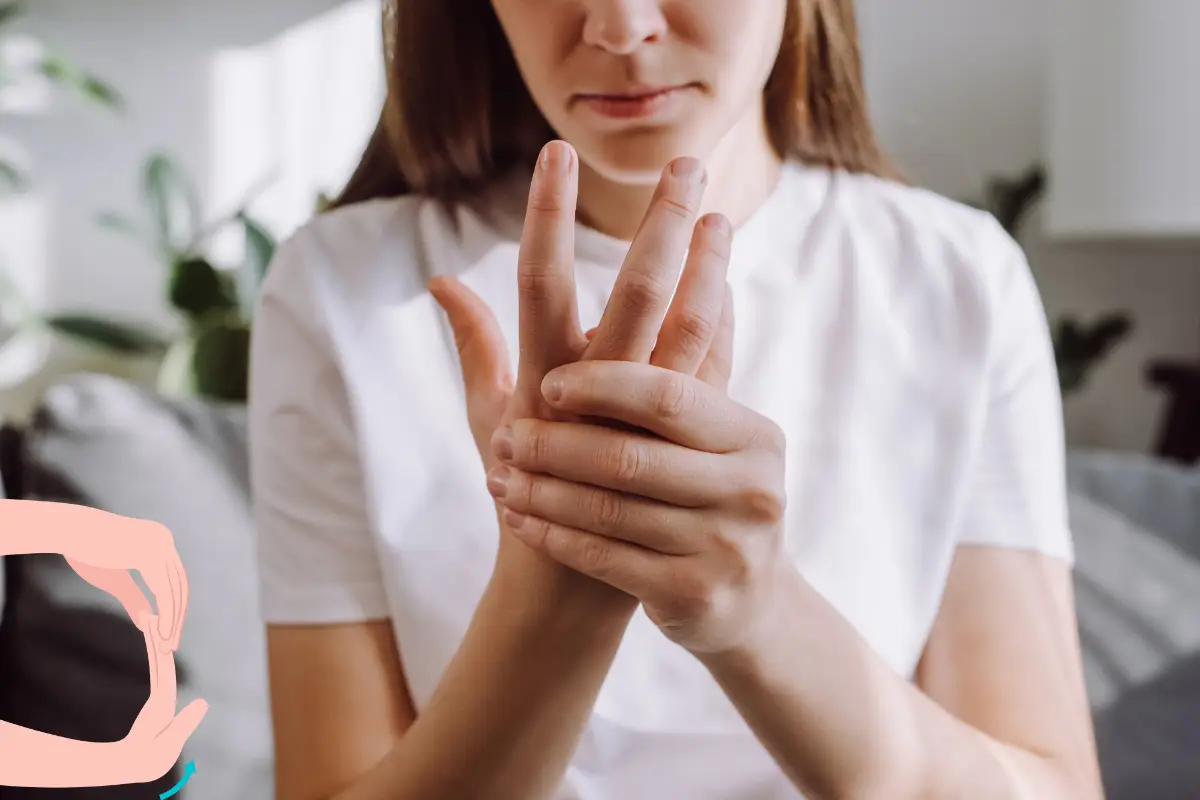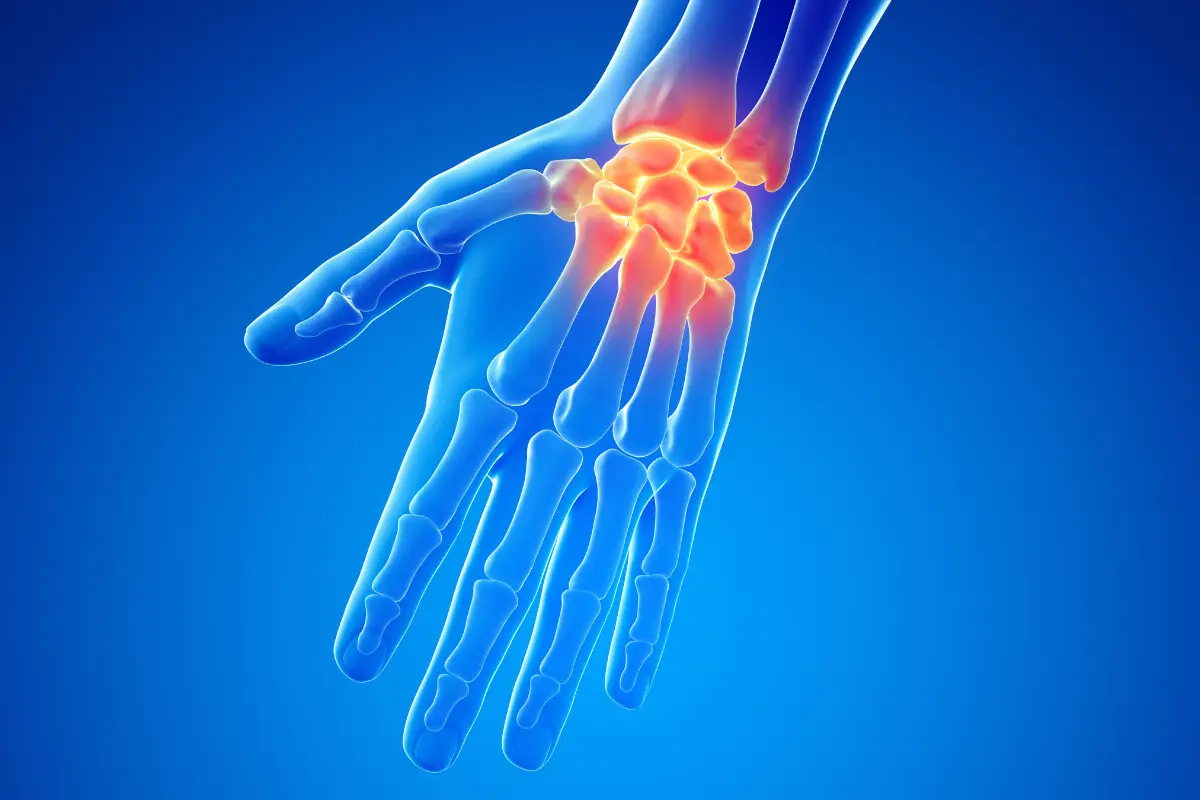- +91 75677 63301
- 24*7 Emergency Care
Wrist Pain When Bending? Here’s What Might Be Causing It
- Home
- /
- Wrist Pain
- /
- Wrist pain when bending?...
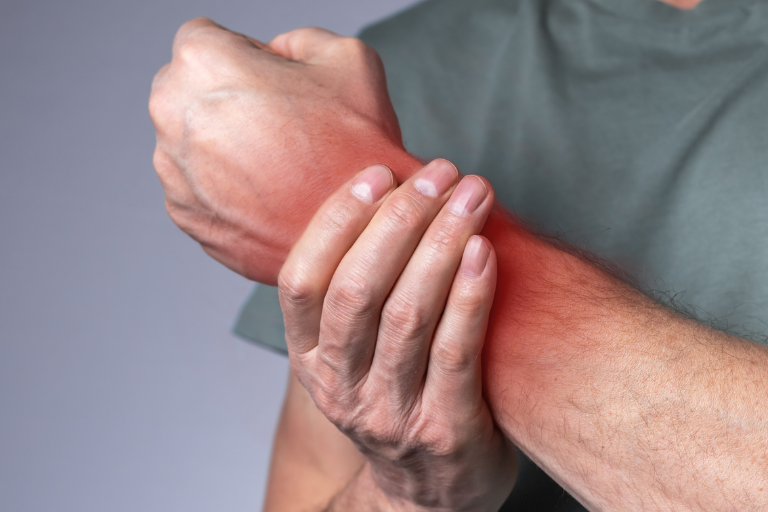
Whether you’re lifting weights at the gym, typing away at work, or doing daily chores, your wrist is constantly in motion. But when bending your wrist becomes painful—whether it’s a sharp jolt or a dull, persistent ache—it can seriously interfere with daily activities and performance.
Wrist pain when bending isn’t just an inconvenience—it could be a sign of an underlying condition that needs attention. In this blog, we’ll explore the most common causes of wrist pain when bending and how to manage or prevent it effectively.
In this blog, we’ll help you understand the possible causes of finger pain, warning signs to look out for, and when it’s time to seek expert help.
Table of Contents
ToggleCommon causes of wrist pain when bending
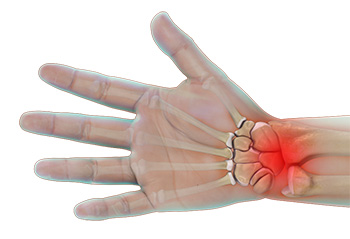
Cause: Overstretching or tearing of ligaments, often from a fall or sudden twist.
Symptoms:
- Swelling and bruising.
- Pain with movement or pressure.
- Limited wrist motion.
What to do:
- Apply ice and elevate the wrist.
- Use a wrist brace to stabilize.
- Follow the RICE method (Rest, Ice, Compression, Elevation).
- Consult a doctor if pain persists or worsens.
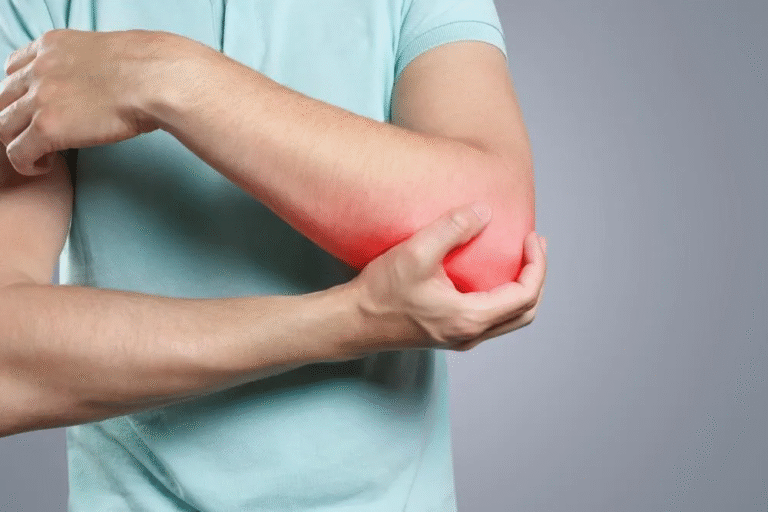
Cause: Inflammation of tendons due to repetitive movements (typing, lifting, or sports).
Symptoms:
- Dull ache during wrist movement.
- Tenderness and mild swelling.
- Stiffness in the morning or after activity.
What to do:
- Rest the wrist and avoid repetitive tasks.
- Apply cold packs.
- Do gentle stretching and strengthening once pain subsides.
- Physiotherapy may help in chronic cases.
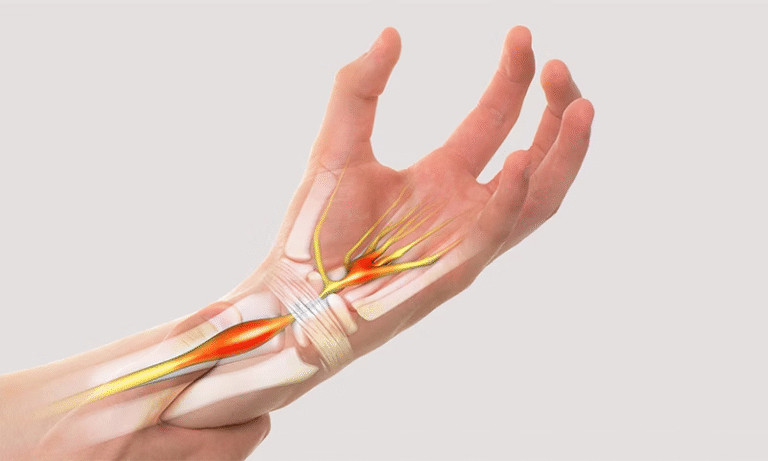
Cause: Compression of the median nerve inside the carpal tunnel.
Symptoms:
- Tingling or numbness in the thumb, index, and middle fingers.
- Weak grip.
- Pain that worsens with bending or at night.
What to Do:
- Use a wrist splint, especially during sleep.
- Take frequent breaks from repetitive hand movements.
- Seek medical evaluation—nerve conduction tests may be needed.
4. Ganglion Cyst
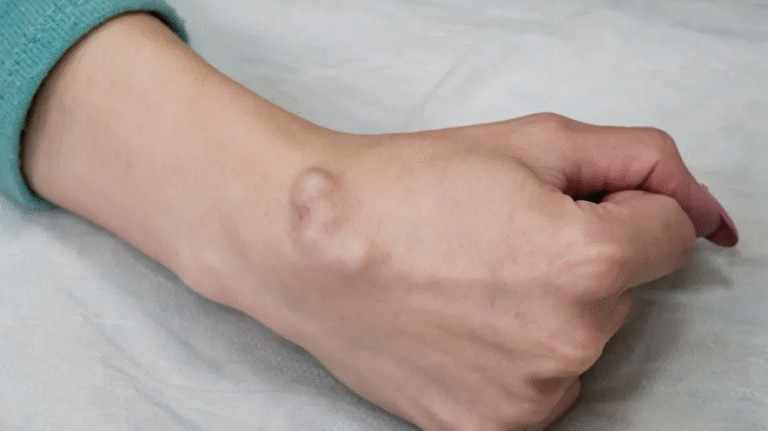
Cause: Fluid-filled lump forming on the wrist joint or tendon.
Symptoms:
- Visible bump or swelling.
- Pain when bending or applying pressure.
- Stiffness in nearby joints.
What to do:
- Observe if painless; some cysts resolve on their own.
- Immobilize if painful.
- Visit a doctor—aspiration or surgical removal may be needed.
5. Arthritis (Osteoarthritis or Rheumatoid)
Cause: Degeneration of cartilage or autoimmune joint inflammation.
Symptoms:
- Stiffness and pain, especially in the morning.
- Reduced wrist mobility.
- Swelling or warmth around the joint.
What to do:
- Use anti-inflammatory medications (as advised).
- Maintain wrist mobility with gentle stretches.
- Consult a specialist for long-term management.
6. TFCC Injury (Triangular Fibrocartilage Complex)
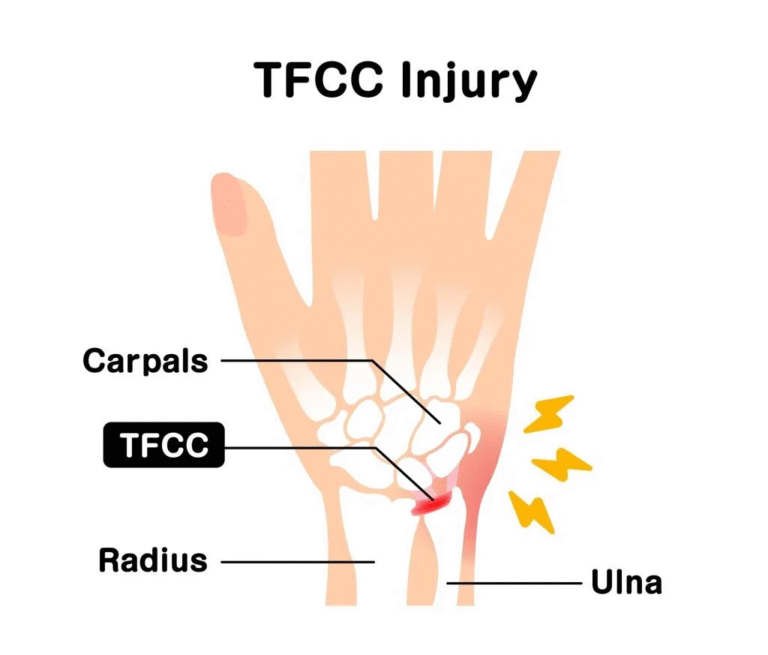
Cause: Damage to the cartilage that supports the wrist bones on the pinky side, often from a fall or repetitive strain.
Symptoms:
- Deep pain on the ulnar (little finger) side of the wrist.
- Clicking or instability with movement.
- Difficulty bearing weight.
What to do:
- Immobilize the wrist with a brace.
- Avoid weight-bearing activities.
- See a hand specialist—MRI may be needed for diagnosis.
When should you see a specialist?
If your wrist pain:
- Persists for more than a few days.
- Is accompanied by swelling, bruising, or numbness.
- Limits your ability to perform daily tasks.
…it’s time to consult an expert. Delaying care can lead to worsening symptoms and even permanent damage.
Prevention tips for wrist pain
- Warm-Up Before activities
Stretch your wrists before sports or gym workouts to improve flexibility and reduce strain.
- Ergonomic adjustments
Ensure proper keyboard, mouse, and desk setup to avoid unnatural wrist angles.
- Strengthen wrist muscles
Incorporate exercises like wrist curls, grip squeezes, and resistance band work into your routine.
- Avoid repetitive strain
Take regular breaks if your work involves typing, writing, or lifting. - Use protective gear
Wrist guards or supports are helpful during high-impact sports or weightlifting.
Why choose Krisha Hand Hospital?
At Krisha Hand Hospital, we specialize in diagnosing and treating all types of wrist and hand conditions. Our expert team offers:
- Advanced imaging and diagnostic tools.
- Minimally invasive surgical options.
- Customized physiotherapy and rehabilitation plans.
Whether you have mild discomfort or a more serious issue, we provide personalized care to help you heal faster and get back to doing what you love—pain-free.
Conclusion
Wrist pain while bending can stem from a variety of causes—some minor, some more serious. The key to relief lies in early recognition, proper care, and, when needed, expert medical support.
If you’re struggling with wrist pain, don’t wait. Schedule a consultation at Krisha Hand Hospital and let our team help you find the cause and the best path to recovery.
Author bio
Dr. Karn Maheshwari is the founder of Krisha Hand Hospital, Ahmedabad, established in 2016. He is the only fnb-qualified hand surgeon across Gujarat, Rajasthan, and Madhya Pradesh.
With MS and DNB in orthopedics, Dr. Maheshwari specializes in treating a wide range of hand and wrist conditions, including carpal tunnel syndrome, sports hand injuries, orthopedic hand surgery, ganglion cysts, mangled hand injuries, congenital hand differences, brachial plexus palsy, cerebral palsy & spastic hand, hand tendinopathy, hand microsurgery, hand swelling, hand transplants, hand reimplantation, rheumatoid hand deformities, and peripheral nerve injuries & compressive neuropathies.
Dr. Maheshwari’s unmatched expertise and patient-centric approach ensure world-class treatment, advanced surgical solutions, and optimal recovery for patients with complex hand and wrist conditions.
FAQs
Yes, nerve compression in the neck (such as cervical radiculopathy) can refer pain to the wrist, especially when bending or using the hand.
Yes, it’s more common in people involved in repetitive hand use (e.g., IT professionals, mechanics, musicians) and in individuals over 40 due to wear and tear.
Absolutely. Poor upper body posture can affect nerve and tendon alignment, leading to wrist strain and discomfort over time.
Yes, hormonal fluctuations can lead to fluid retention and increased pressure in the wrist, aggravating conditions like carpal tunnel syndrome.
Mild wrist pain may allow for modified movements, but high-pressure positions (like planks or push-ups) should be avoided unless cleared by a doctor.
Yes, ergonomic keyboards, wrist rests, and mouse pads with support cushions can reduce wrist strain during extended computer use.
Yes, deficiencies in vitamin B12, vitamin D, or magnesium can affect nerve and muscle function, potentially leading to wrist pain or weakness.

